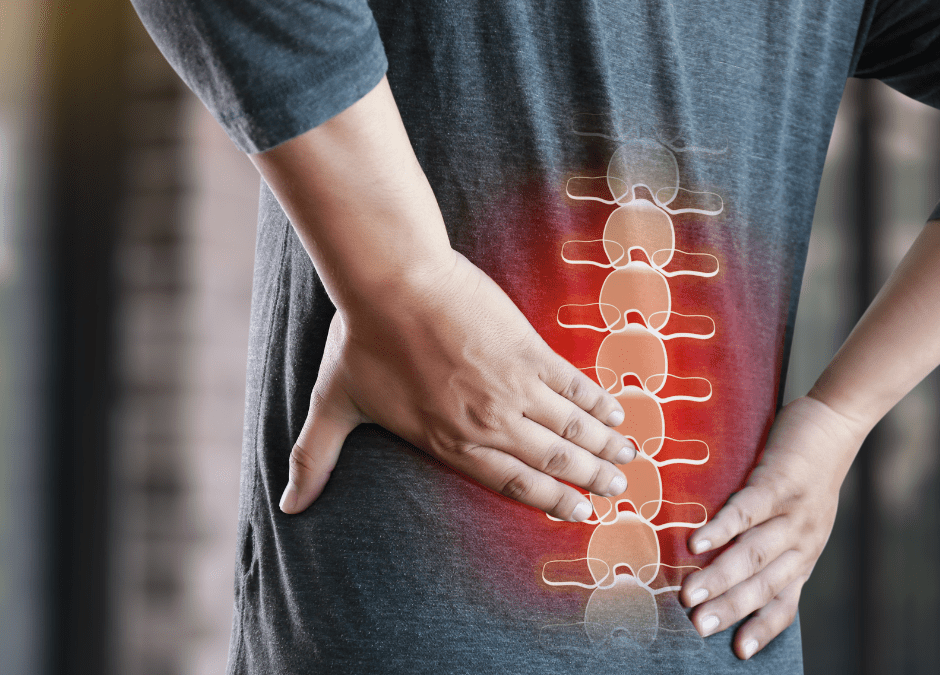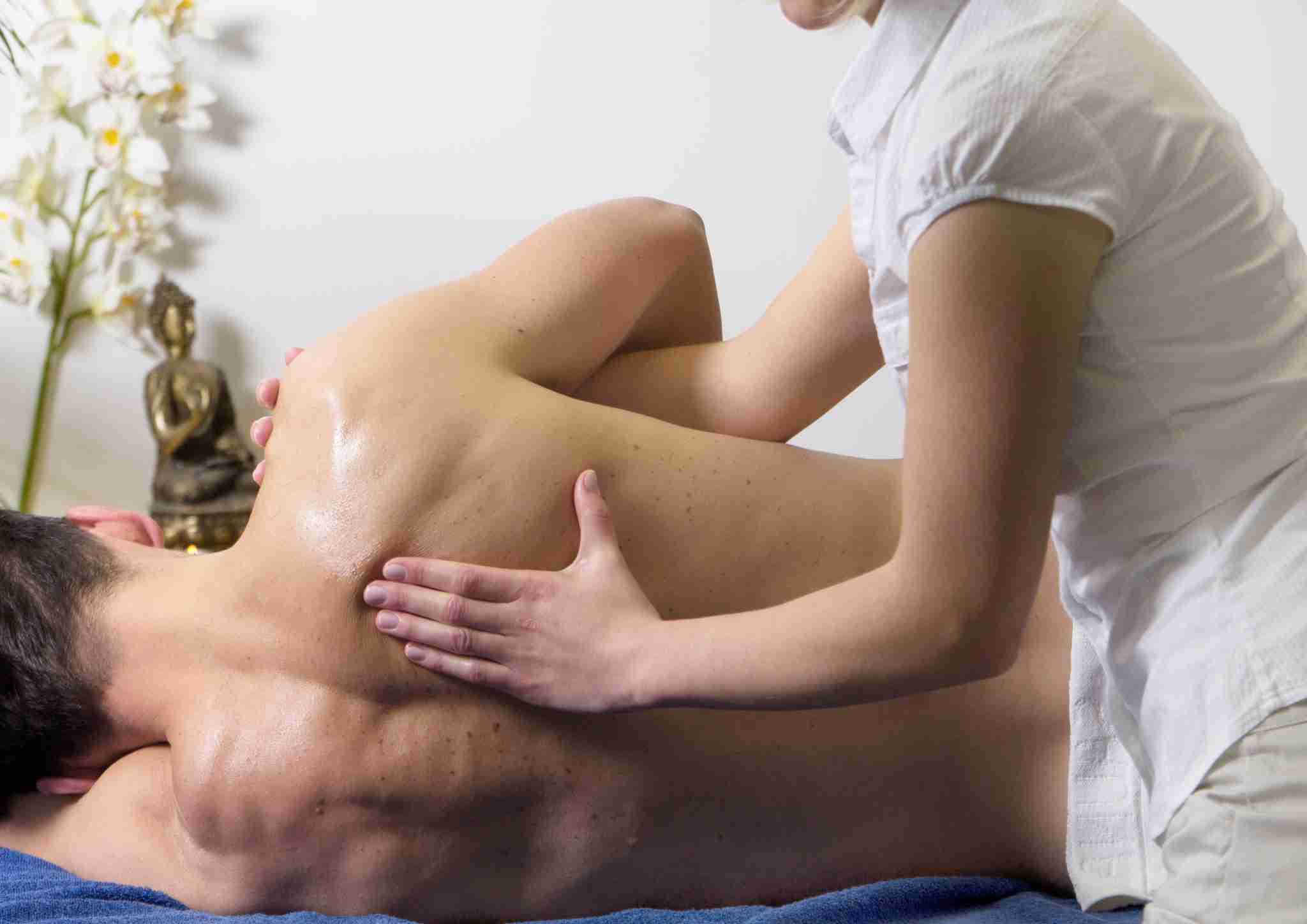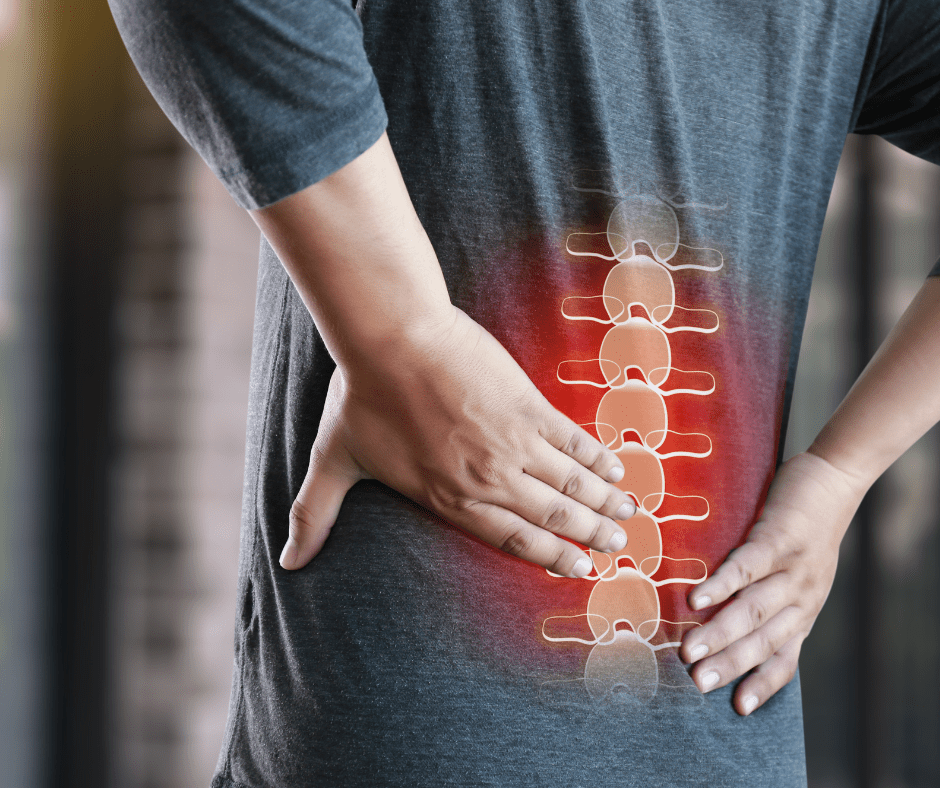How to look after your back
Ho
It’s back care awareness week this weeks and I’m going to tell you about the things you absolutely must know if you have back pain, what the most common cause of back pain is, and what 3 management strategies you have to be able to live with your back pain
What you need to be aware of
In the case of lower back pain the first thing the physiotherapist will need to rule out are red flags (signs and symptoms that something more serious is going on)
The red flags you need to look out for are persistent bilateral pins and needles or numbness in your legs and feet, saddle anaesthesia (a lack of sensation around your genitals and back passage), changes in bowel and bladder habits such as faecal incontinence or urinary retention or changes in your walking pattern such as tripping on your foot when you walk If you experience any of these symptoms along with lower back pain, it is an emergency and you need to go to A and E immediately. Thankfully these symptoms are very rare.
The number 1 cause of lower back pain
As we age we get wear and tear in the discs that sit between the bones in the spine and instead of being healthy discs, they become a bit degenerative, dehydrated and develop bulges around the edges. The disc acts as a shock absorber between the bones and if it has become worn the load that should pass through the discs end up being passed through the small joints in the spine instead. This can cause joint pain. If the disc bulges rub and irritate the nerves in the spine you can end up with quite severe shooting pain into the leg or the arm, sometimes accompanied with pins and needles or numbness.
Unfortunately this is a natural aging process and is pretty unavoidable, however in my opinion the seated work place is a major cause of this type of lower back pain
Your 3 management strategies for back pain
Have a DSE assessment
This stands for Display Screen Equipment assessment. You should speak to your HR team or your boss about having your work station set up so you can be in the optimum position.
I would also say that even after having a DSE assessment – we are not designed to be sitting down all day – so you will still get back pain. You should get up and move around every 30 minutes.
You may also want to consider a sit stand desk.
Core stability exercises
Below is, in my opinion, the number one exercises for core stability. If you have no time for anything else do this one exercise every day for better back care. Perform 10 reps, holding 5-10 seconds on each reps
Horse stance vertical lower back exercise
Physiotherapy
If you have an acute flare up of back pain then seeing a physio is the best thing to do. We can rule anything more serious and start giving you advice, treatment and exercises to get better.
If you are more focussed on maintenance or preventing flare ups of back pain, it’s worth booking in to see the physio every 1-2 months for an “MOT” session to mobilise any stiff joints and do some massage or acupuncture.




